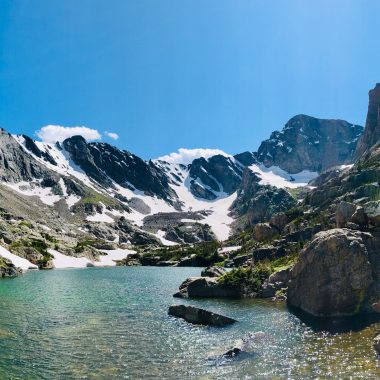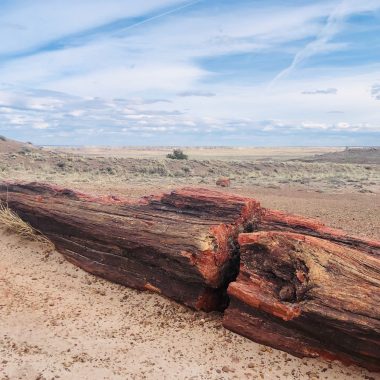Just an hour east of Las Cruces, New Mexico lies one of the most extraordinary treasures in our National Park system– White Sands National Monument. White Sands punctuates the Tularosa Basin in southern New Mexcio with over 275 square miles of desert containing the largest gypsum sand dune field in the world. I visited White Sands in late February while en route to Guadalupe Mountains National Park in West Texas. The monument invites exploration, transporting you into one the world’s great natural wonders with miles of hiking, backcountry camping, and a scenic drive through the dunes.

Aside from backcountry camping inside White Sands National Monument, there are no actual camping facilities in the park. If you’re traveling by RV or van, there is a free dispersed camping option just a couple miles east of the park at Lake Holloman, on Holloman AFB property. While Holloman Lake is actually more of a man-made reservoir, it provides a quiet place for overnight camping with uninterrupted views of the surrounding mountains. As boon-docking spots go, Holloman Lake is a very nice one.
With only a half-day to explore, I got up early the morning after our arrival and headed to the monument. The Visitor Center at the front entrance of White Sands National Monument provides an excellent overview of the park’s human and geological history as well as an opportunity to stamp your National Parks passport. From there you take the 8 mile (each way) scenic drive right into the heart of the dunes. There are a number of options on the scenic drive to stop and do short hikes on the dunes (and do some dune sledding!), but the penultimate hike here is the 5-mile Alkali Flat trail. I decided to go big and do the Alkali Flat trail with my two puppies in tow.
Alkali Flats trail takes you deep into the dunes and really gives you a sense of the magnificence of this place. These massive dunes were formed by water flowing into the Tularosa Basin which, with no outlet, evaporated to leave behind large deposits of gypsum. The gypsum deposits eventually broke down into the fine white crystals of sand found here today.

The weather in late February is perfect for this hike. With cool temperatures in the high-60’s, we headed out from the trail head, located in the north end of the park, to explore the dunes. Once you’re out on the dunes, there are guide posts to help keep you on track. We wandered for a bit, following the guide posts which are laid out every few hundred yards. The Alkali Flats are anything but flat, so the hike undulates up and over the dunes for nearly the entire 5-miles. I had fun shuffling heel to heel on the descents, some 40-50 feet long, after each traverse of a dune. I managed to lose track of the trail markers after just a mile or so. Fortunately it’s easy to follow your own footprints to backtrack to the trail.

Alkali Flats takes you out to the edge of the dunes, giving you a gorgeous view of the San Andres Mountains to the west, before looping back to the trail head. If you’re moving at a brisk pace, plan on 2.5-3 hours for the full loop, longer if you want to take your time. Because of the soft gypsum sand, this is an athletic hike. It felt more like a 7-8 mile effort, but one that was well worth it.
There are shorter hiking options, including the Playa Trail (.5 miles) and the Dune Life Nature trail (1 mile), as well as the Interdune Boardwalk (.4 miles)– which unfortunately was closed for repairs during my visit. You can easily spend a full day here if you want to do all the hikes and spend time at the visitor center. There are a number of picnic options throughout the monument, so pack a lunch, take your time, and take it all in!






